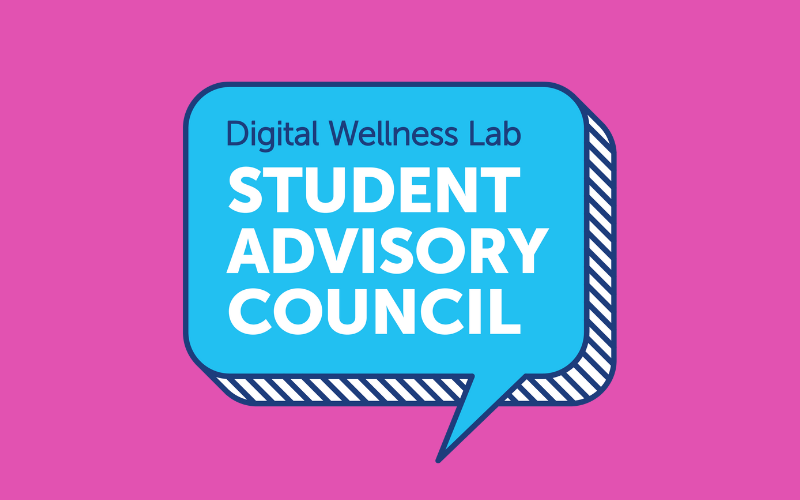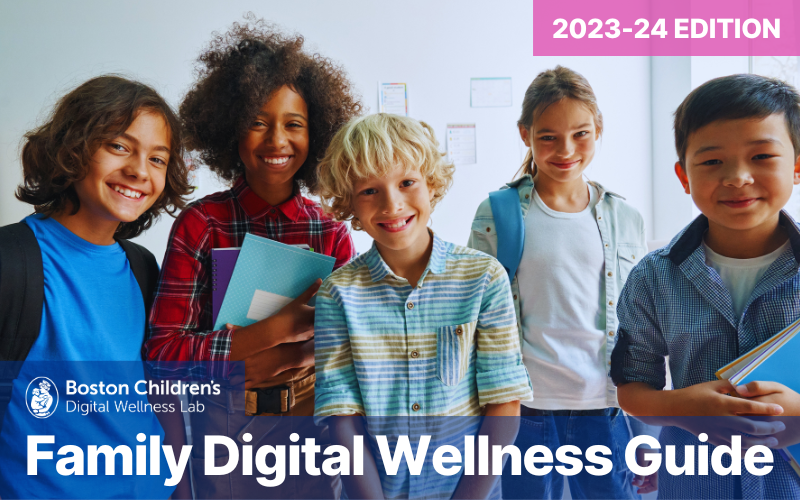2022
-
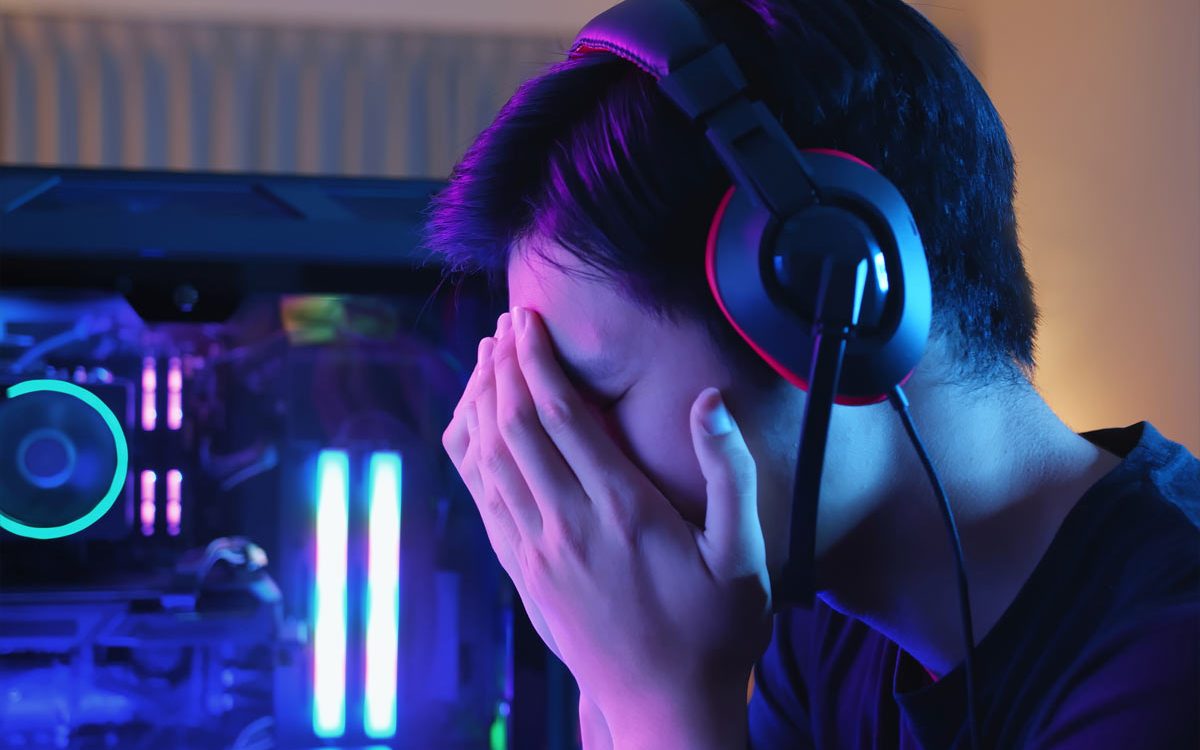
Family Guide to Problematic Interactive Media Use (PIMU)
The world in which young people are growing up today is dramatically different from the world of their parents’ youth. Nearly 100% of teens report having access to a smartphone or home computer, and, even before pandemic lockdowns drove us further online, nearly half of teens reported that they were online “almost constantly”. Adolescents are…
-

Family Guide to Video Gaming
A quarter of teens believe they spend too much time playing video games, while a similar share feels they spend too little time doing so. Learn about the effects, both good and bad, of video games on children and how you can help your child have a healthy relationship with gaming.
-

What To Do When… It’s time to move your young child away from a screen
For parents of young children who struggle to take away tablets or phones or to turn off beloved TV shows without inciting tantrums, we offer strategies and conversation starters to help make the transitions easier.
-

What To Do When… You want to teach your child how to play games with rules
Interactive games support your child’s development of reading, communication, and math skills. They also offer a great opportunity to build your child’s social emotional competencies. We offer strategies for conversations while you’re playing games together, to maximize the fun and learning.
-

What To Do When… You discover a caregiver is using more media with your child than you’re comfortable with
It’s not uncommon for daycares, babysitters, and other caregivers to use media and screens to entertain children during the day. We offer strategies for parents who want to address their children’s use of media within these settings without feeling judgemental.
-

Family Guide to Creating Shared Media Use Agreements
This guide offers strategies and resources for creating effective shared media use agreements with children of all ages.
-
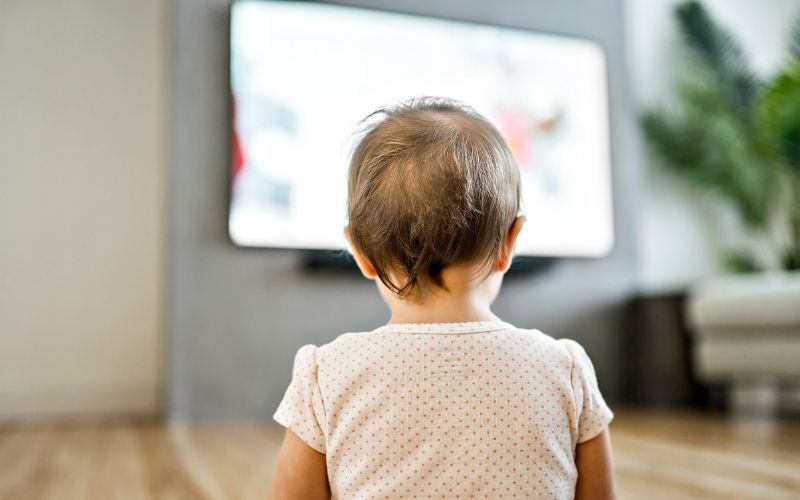
Ask the Experts: Toddlers and Background Noise
In this installment of Ask the Mediatrician, we offer a parent of a toddler guidance regarding the impacts of background media — TV, music, etc. — on their child’s development.
-
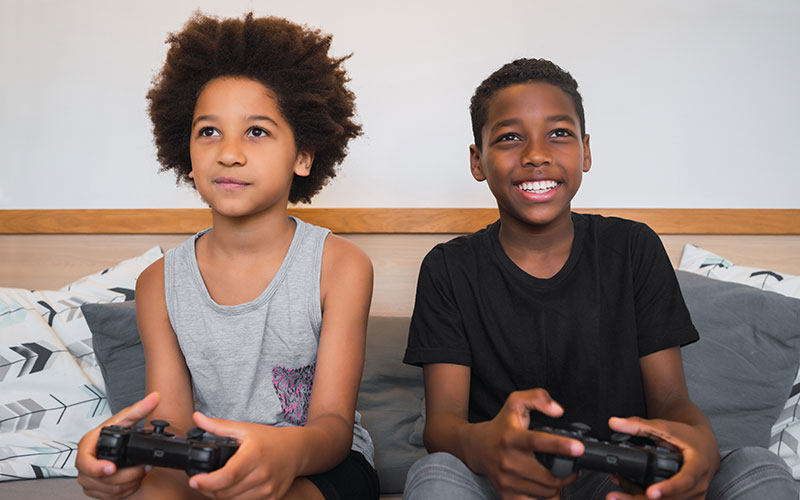
Ask the Experts: Gradeschoolers and Video Games
In this installment of Ask the Mediatrician, we talk about strategies for supporting a school age child’s healthy use of video games.
-

What To Do When… You’re not sure how to talk to your young child about media
It may feel awkward, but talking to babies and toddlers about media can help to build their communication and social emotional skills while developing their healthy engagement with technology and media. We offer strategies for talking to your pre-verbal child about what they’re seeing on a screen.
-

Ask the Experts: Teens and Bingewatching and Doomscrolling
In this installment of Ask the Mediatrician, we offer a parent of a teenager strategies to help him break the mindless habit of staying up all night binge watching and doomscrolling and otherwise losing sleep by spending time mindlessly online.




